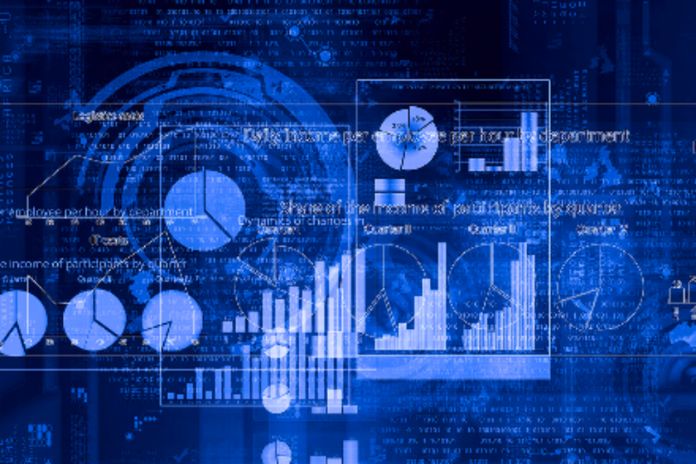Data mining is a way to extract relevant data from so much information. In today’s world, with the popularization of the internet, we go through a daily download of very dense information, even if we don’t consciously have this perception.
Social networks, for example, put a lot of data in front of us in a simple swipe in the news feed. The contents are not always related to what interests us, so we have the option of filtering all this, following only the pages and people that match our taste.
Companies need to select what matters and what doesn’t is much greater. This is because the information from this large volume of big data is essential for building a strategy for survival and competitiveness in the market.
Selecting what is most relevant is a challenge, and that’s where the concept of mining comes from. This text is for you if you still don’t know what data mining is or have never heard of that term. We will explain the concept, its importance to the business, the techniques used and the role of IT in all of this.
Check out!
What Is Data Mining?
Data Mining is very similar to the one where the prospector has to separate the gold nuggets from the mud and other worthless stones. Data mining is about examining a large volume of information, passing it through a technological sieve that reveals consistent patterns and valuable information for specific business needs.
This is the first step towards validating a beneficial strategy, and of course, with human capacity alone, this task would be impossible. This is because the internet has already surpassed man’s expectations, and it is no longer possible to master it without the help of other equally powerful tools.
In this way, we can say that data mining is one of the elements of digital transformation, so crucial for companies in any sector. In companies, data mining is widespread and used by various sectors, from finance to retail.
Browsing through different websites, user data is collected based on those visited, considering the searches made, the personal data entered, and the explored products.
Using learning algorithms and with considerable speed, data mining is a system based on machine learning that can show, based on this collected information, consumption and interaction trends generated by potential customers.
Thus, one of the sectors that we can indicate as benefiting from the mining technique is the one responsible for companies’ marketing. In summary, data mining is an automated technique to filter Big Data, considering the golden nuggets for the purpose pursued by the company in question.
The Data Mining Process
The data mining process consists of four main steps that need to be in sync for the results to be positive. Let’s see what they are:
Definition Of The Objective
Every company needs a strategic plan to control its operations, focusing on short, medium and long-term goals. The data mining process is analytical and needs to conform to this premise. That is, it is necessary to establish an alignment between it and the general strategy.
Considering this aspect, the first step is to think about how data mining can be used to advance overall business goals. By doing this analysis, it will be possible to define what problem will be solved with data mining and what kind of helpful information the company is looking for.
Deletion Of Redundancies
The second phase of the data mining process is to reduce duplicate and redundant data. This way, the relevant data are integrated through a separate analysis of the information sources.
There is still much-mixed information at this stage, far from the initial objective. Therefore, it is essential to establish parameters that will define the usefulness of the data so that the process can move on to the next step.
Data Cleaning
The next step is data cleaning, which will use previously defined parameters to clean up what is not helpful and has a problem, such as incorrect data or entered more than once.
Thus, at this stage, only what is considered to be potentially interesting for the business will remain, such as the age of the users or the region where they live, for example.
Data Mining
This is the final phase, the crucial point for the procedure’s success. With the information selected by the previous steps, which filtered and processed the collected data, it is time to use techniques to relate the results.
Then, the relationships established can be evaluated following the objectives defined at the beginning, identifying valuable patterns for the business.












